Treasury and Finance Minister Mehmet Şimşek reiterated the goal to accelerate structural reforms this year while emphasizing that the fiscal policy “will be tighter in 2025,” according to the remarks shared by an economy-focused publication on Thursday.
The minister, in a lengthy interview with Ekonom, published by the Economy Reporters Association (EMD) in Türkiye, drew the road map for 2025 while highlighting expectations that the disinflation process would proceed.
According to the shared interview, Şimşek said that they have received positive results from the program they have been implementing since May 2023 and noted that 2024 was a year “in which external fragility is reduced, resilience is increased, and macro-financial stability is strengthened.”
Noting that they have eliminated the risk of a balance of payments and inflation getting out of control by successfully implementing the program, he further said, “In 2025, we aim to ensure permanent price stability and accelerate structural transformation in the economy.”
Disinflation
“In this period, when inflation will continue to fall, we will strengthen fiscal discipline and implement supply-side policies to support monetary policy,” he added.
Türkiye’s annual inflation has been falling since last May, when it stood at around 75%, as tighter monetary and fiscal policies curbed domestic demand. In December, it slowed to 44.38%, closely in line with the central bank’s year-end projections.
The rate is seen slowing further to 41.25% in January, according to the median estimate of 10 economists in a Reuters poll on Wednesday, with forecasts ranging from 40.73% to 41.57%. Monthly inflation, on the other hand, is expected to post an uptick due to an annual hike in the minimum wage and various new year price adjustments.
The official data will be released on Monday by the Turkish Statistical Institute (TurkStat).
The Turkish central bank launched an easing cycle in December and cut its policy rate to 45% last week while pledging to maintain a sufficiently tight policy to ensure continued disinflation.
Şimşek stated that the decline in inflation will continue and that four main issues will be decisive in disinflation in 2025.
“First, the delayed effect of monetary policy on inflation will be seen more clearly over time. Second, the decrease in the ratio of the budget deficit to national income in 2025 will create a negative fiscal effect. Third, to the extent that budget opportunities allow, we will determine the managed and directed prices in line with the inflation target,” he explained.
“Fourth, we will support disinflation not only with demand-side policies but also with supply-side measures in many areas such as food, housing and energy; we will accelerate reforms in this area,” he added.
Emphasizing that fiscal policy will be tighter in 2025, Şimşek also noted that 2025 will be a period of “fighting against informality and spending discipline rather than new tax regulations.”
He also pledged to continue “spending discipline in areas other than earthquakes.”
Şimşek stated that they expect the ratio of the budget deficit to national income to fall to 3.1% in 2025 and below 3% in the following years, which he said would thus, from the side of public finances provide very strong support to the fight against inflation.
Structural reforms, KKM exit
Furthermore, the minister noted that they will accelerate structural reforms and continued: “We will accelerate structural reforms in all areas that will make our program gains permanent and increase our country’s competitive power and growth potential.”
“Developing R&D and innovation capacity, ensuring green and digital transformation, strengthening human capital, making the labor market more effective, improving the investment environment and reducing informality constitute the basic axis of our structural reforms,” he noted.
Referring to the exit from the FX-protected scheme, the so-called KKM, Şimşek said: “We are exiting the KKM to reinforce macro-financial stability and accelerate the disinflation process.”
He also cited that with the steps taken to reduce the attractiveness of the scheme the decline in KKM has been continuing uninterruptedly for 71 weeks.
“The KKM stock, which reached its peak of $144 billion in August 2023, decreased to $32.8 billion in December, and KKM’s share in total deposits decreased by 20 points to 5.9%. We will complete the exit from KKM in 2025,” he said.
Moreover, he expressed the expectations that the decline in risk premium would continue in 2025 as he recalled the fall observed since May 2023.
“With the strengthening of our macro-financial stability, our country risk premium (CDS) has decreased. Our risk premium, which rose to 700 basis points in May 2023, decreased to 260 points by the end of 2024,” he stated.
“Türkiye has positively differentiated itself from developing countries with the improvement in its risk premium. During this period, the decrease in the average risk premium of developing countries was 36 basis points, while our risk premium decreased by 443 points,” he added.
“2025 will be a year in which our CDS will continue to decrease. Thanks to the program, our external financing cost has also decreased significantly. The additional premium difference on the U.S. Treasury bond yield with a similar maturity, i.e. the spread, decreased by 69 basis points in developing countries compared to May 2023 and by 432 points in our country,” said Şimşek.
The data on Thursday showed that Türkiye’s CDS dropped even further to 256.8 points.
The minister also evaluated the rise in the central bank reserves, while foreseeing a relative recovery in economic activity starting from the second half of 2025.
“As a result of the decrease in the current account deficit, improved access to external financing, and increased confidence in the Turkish lira, we have achieved significant reserve accumulation. Our gross reserves increased by approximately $57 billion and our net reserves excluding swaps by $104 billion compared to May 2023,” he said.
“With the program, confidence in the Turkish lira increased and the share of foreign currency in the total deposits decreased to 41.4%,” he added.
The minister meanwhile also reiterated the government’s determination to continue to implement the disinflation program in line with the framework.
“Our top priority is to solve our citizens’ financial difficulties. In this regard, we have created the necessary policy framework and continue to implement the disinflation program with determination. The main objective of the program we are implementing, which is to ensure price stability, requires a long-term effort,” he said.
While recalling the fall in inflation between May and December, he noted that, “While the decline in inflation is more pronounced in basic goods that are highly sensitive to monetary policy, inertia is high in services, as in the (rest of) world.”
“With the decline in inflation and supportive global conditions, we foresee a relative recovery in economic activity starting in the second half of 2025. We expect global growth, trade, financial conditions and commodity prices to be more supportive of our economy in 2025,” he concluded.

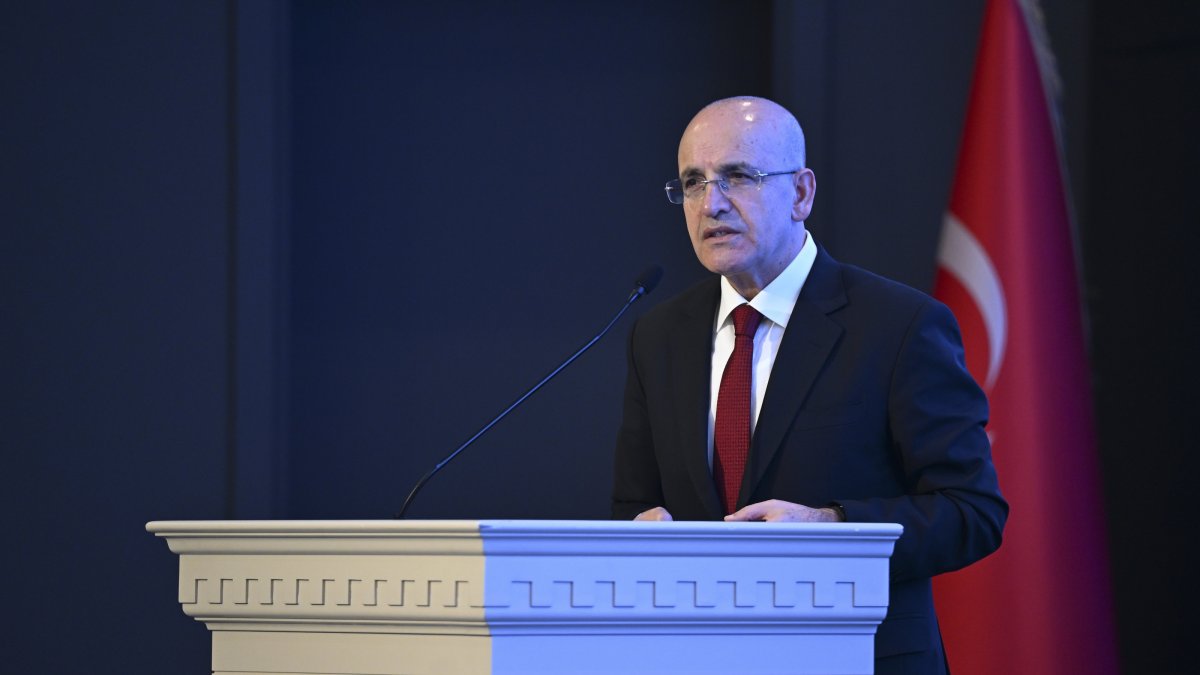

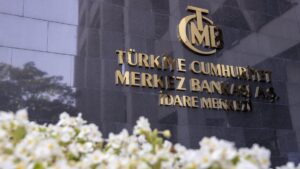








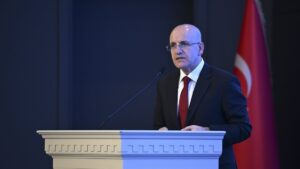









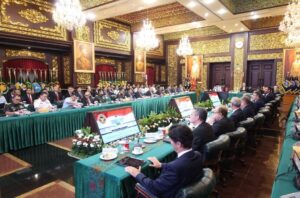
























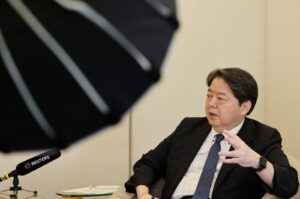

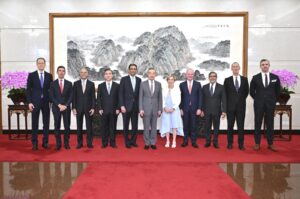


Be First to Comment